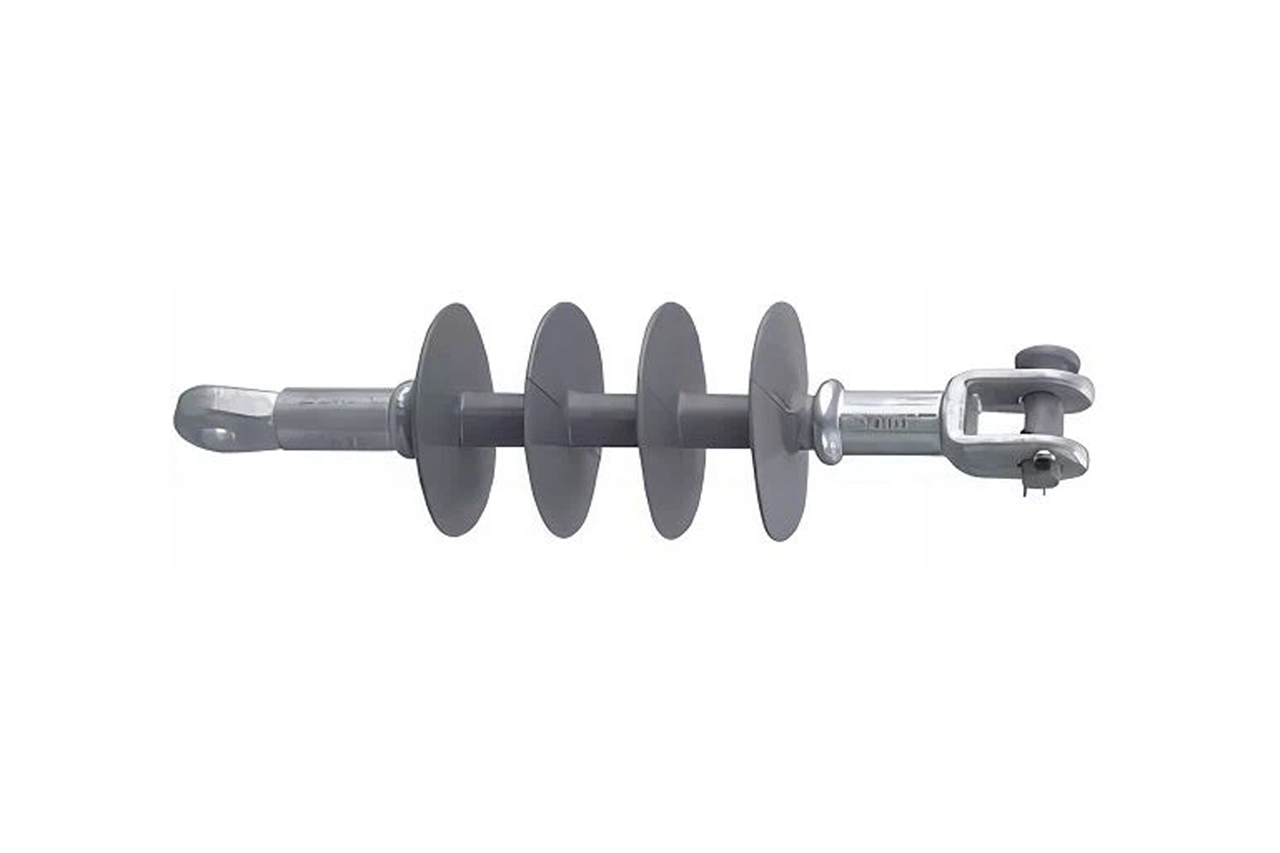When typhoon struck a coastal substation, neighboring towers using our DC-185-50 anti-galloping deadend clamp survived 130km/h winds – thanks to precision residual stress control.
I. The Physics Behind Safety Margin
Residual stress isn’t just metal memory; it’s the invisible armor of power fittings:
Optimal state: Near-zero residual stress (full material recovery)
Danger zone: >35% yield strength causes micro-crack propagation
II. Why This Parameter Dominates Grid Longevity
2023 APAC Grid Failure Analysis reveals:
Failure Cause | Share | Critical Zones |
Residual stress | 62% | Conductor galloping area |
Overload | 28% | Short-circuit points |
Corrosion | 10% | Coastal/industrial zones |
Case proof: Zhoushan Islands project achieved 76% failure reduction using low-stress YCCR30 suspension sets.
III. Core Technologies Decoded
- Material Science – Forged Aluminum vs Cast Steel
- Structural Innovation – Dual-Lever Stress Dispersion
- Manufacturing Breakthrough – Cryoforming
VS traditional hot forging:
- Grain refinement: +300%
- Micro-defects: -90%
- Service life: +15 years
IV. Field Selection Guide
Per IEEE 1523 standards:
Application | Product Series | Max. Residual Stress |
Typhoon zones | Galloping-resistant SC20425 | ≤45MPa |
High-fault stations | Reinforced BDA3420 | ≤60MPa |
Corrosive areas | Sealed-type GHE6-1518 | ≤50MPa |
Client case: Shenzhen converter station extended maintenance cycles from 1 to 3 years, saving $530k/year.
References:
IEEE 1523-2018 “Guide for Power Fitting Design”
IEC 61284 “Overhead lines – Requirements for fittings”





